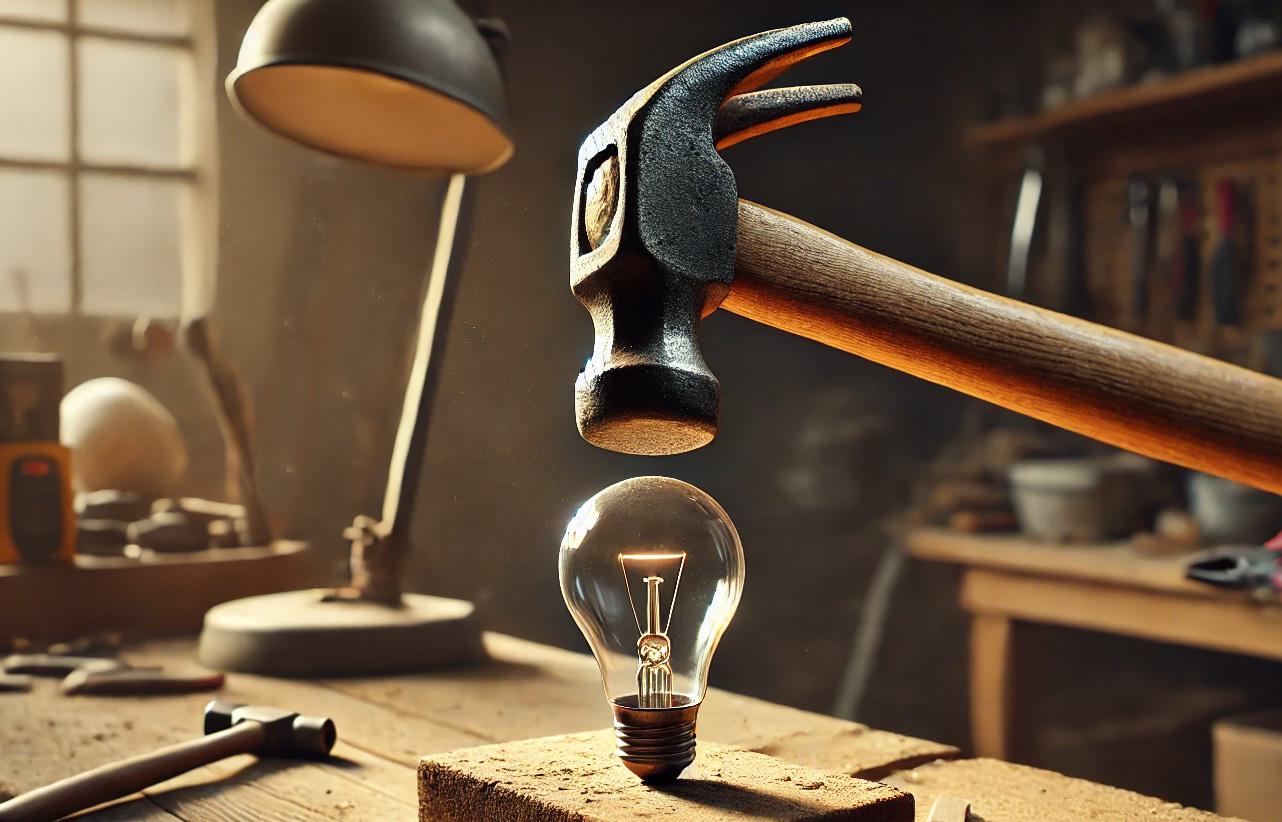Three Assumptions That Will Make or Break Your Invention

Successful inventing is a process of making and testing your assumptions. As you test your assumptions they become facts that you can build on or facts that can cause you to change direction. Here are the three critical assumptions you need to test.
1. MISERY LOVES COMPANY
You've identified a problem. Great! But is it just your problem, or is it something others struggle with too? This is the first, and perhaps most crucial, assumption. A solution without a problem is like a boat without water – it's not going anywhere.
- Testing it: Market research is your best friend. Talk to people, conduct surveys, analyze online forums. The goal is to validate that your problem resonates with a sizeable audience who are actively seeking a solution.
- Pro Tip: File a provisional patent application (“PPA”) prior to making any public disclosure. Note that you can file multiple PPAs as you develop your invention (each one establishes a new priority date for one year).
2. IT’S DIFFERENT
Your solution is unique, brilliant, and better than anything else out there. At least, that's what you believe. But is it truly different? Does it offer a significant advantage over existing alternatives?
- Testing it: Thoroughly research the competitive landscape. Search for prior art patents. What other solutions exist? What are their strengths and weaknesses? Honestly assess how your invention stacks up. Don't be afraid to seek feedback and be open to constructive criticism.
3. THERE’S MONEY TO BE MADE
Invention is fueled by passion, but manufacturing and selling require cold, hard cash. Can your product be produced and sold at a cost that allows for better than normal profits? Better than normal because doing something new is risky and, from an investment perspective, risk must be compensated or it’s not worth taking.
- Testing it: Develop a prototype and explore manufacturing options. Get quotes from potential manufacturers, factor in material costs, packaging, and shipping. Crunch the numbers and determine if you can realistically produce and sell your invention at a price point that makes sense. Consider the cost of making people aware of your product. What will it cost to make a sale?
Bottom Line:
Invention is a journey paved with assumptions. Those assumptions lead you to spend time and money on your invention idea. Test your assumptions to make them facts so that you spend your time and money intelligently.
A great initial test for your invention is to run it through Invention City’s Inventicator. It’s free and doesn’t require you to disclose any confidential information.
share this article: facebook